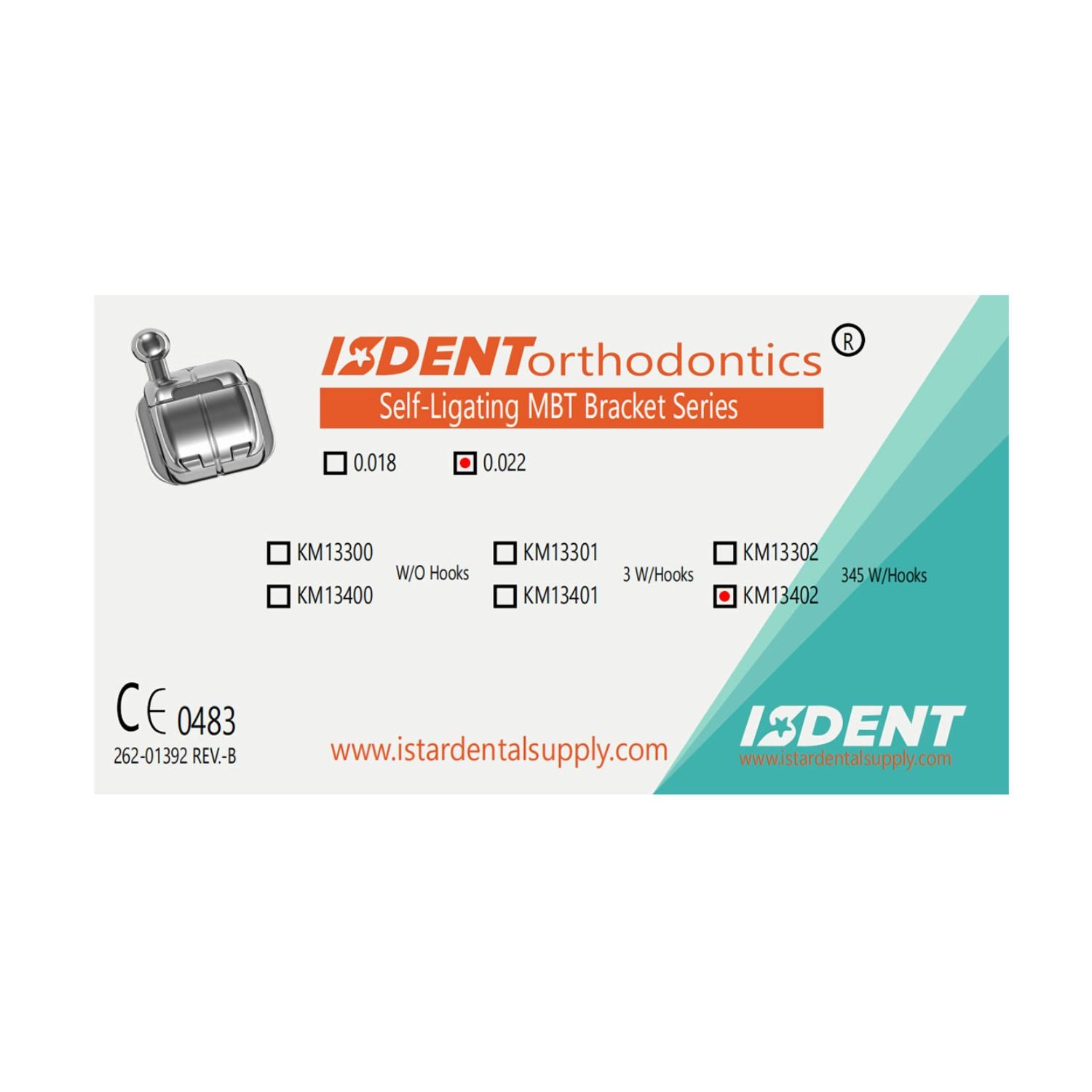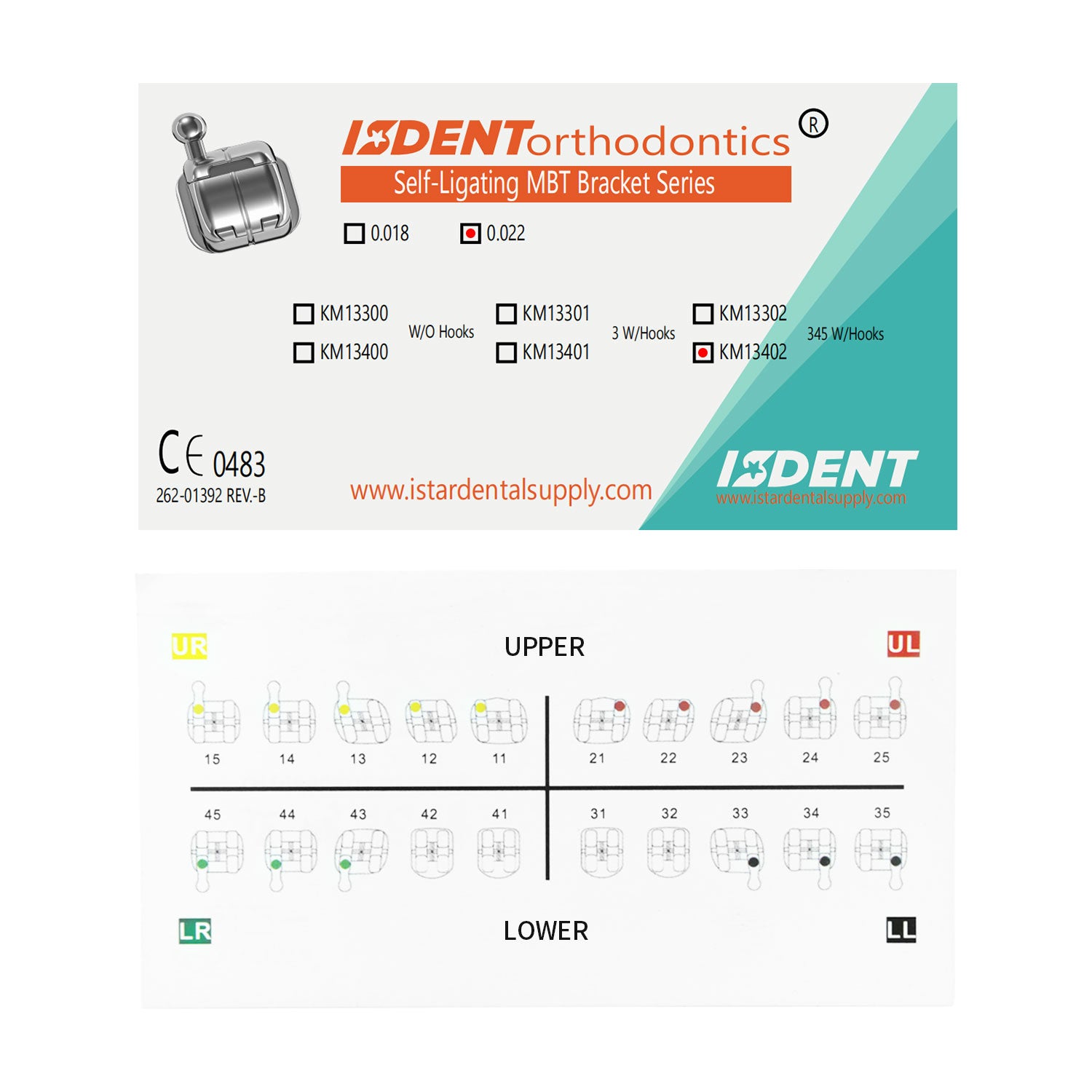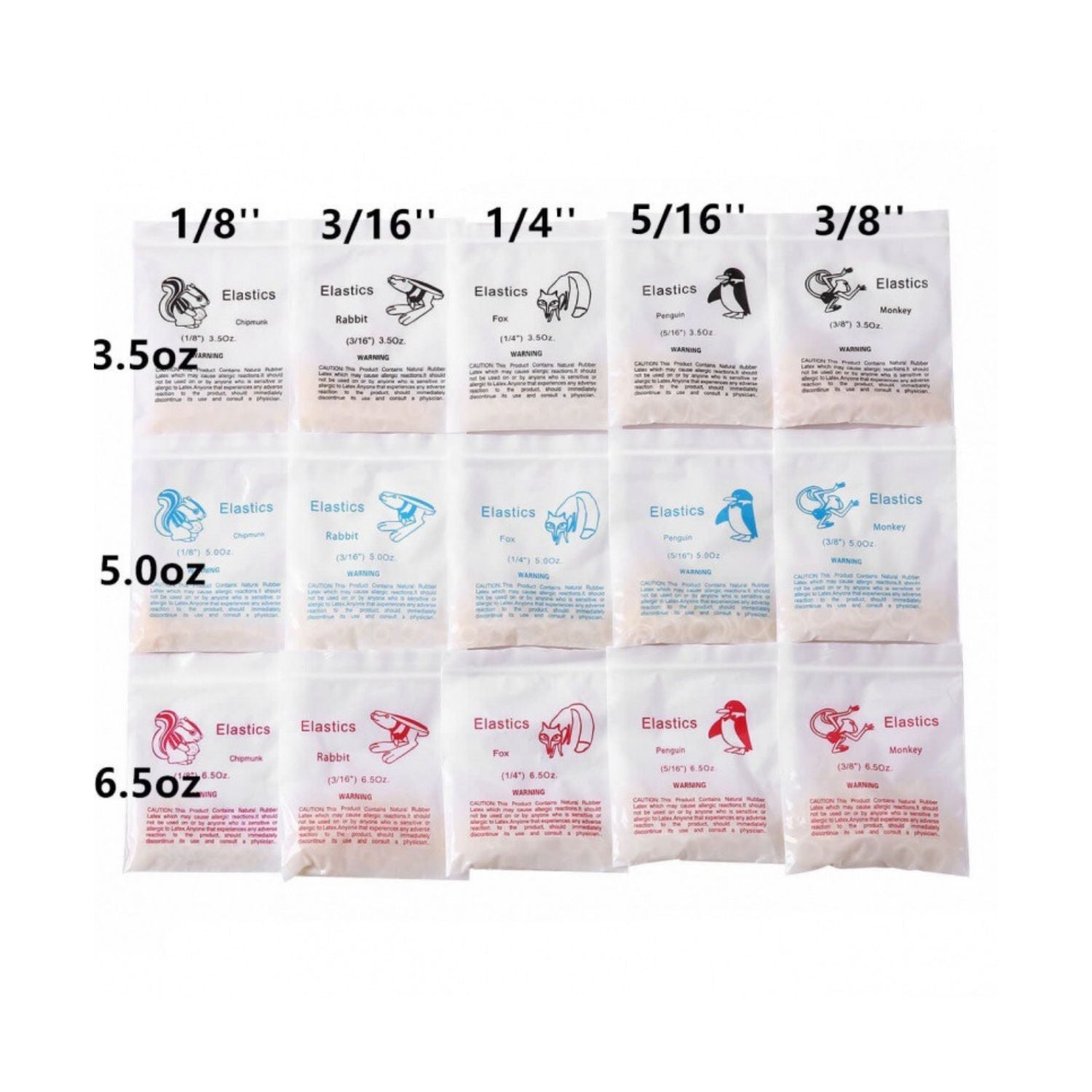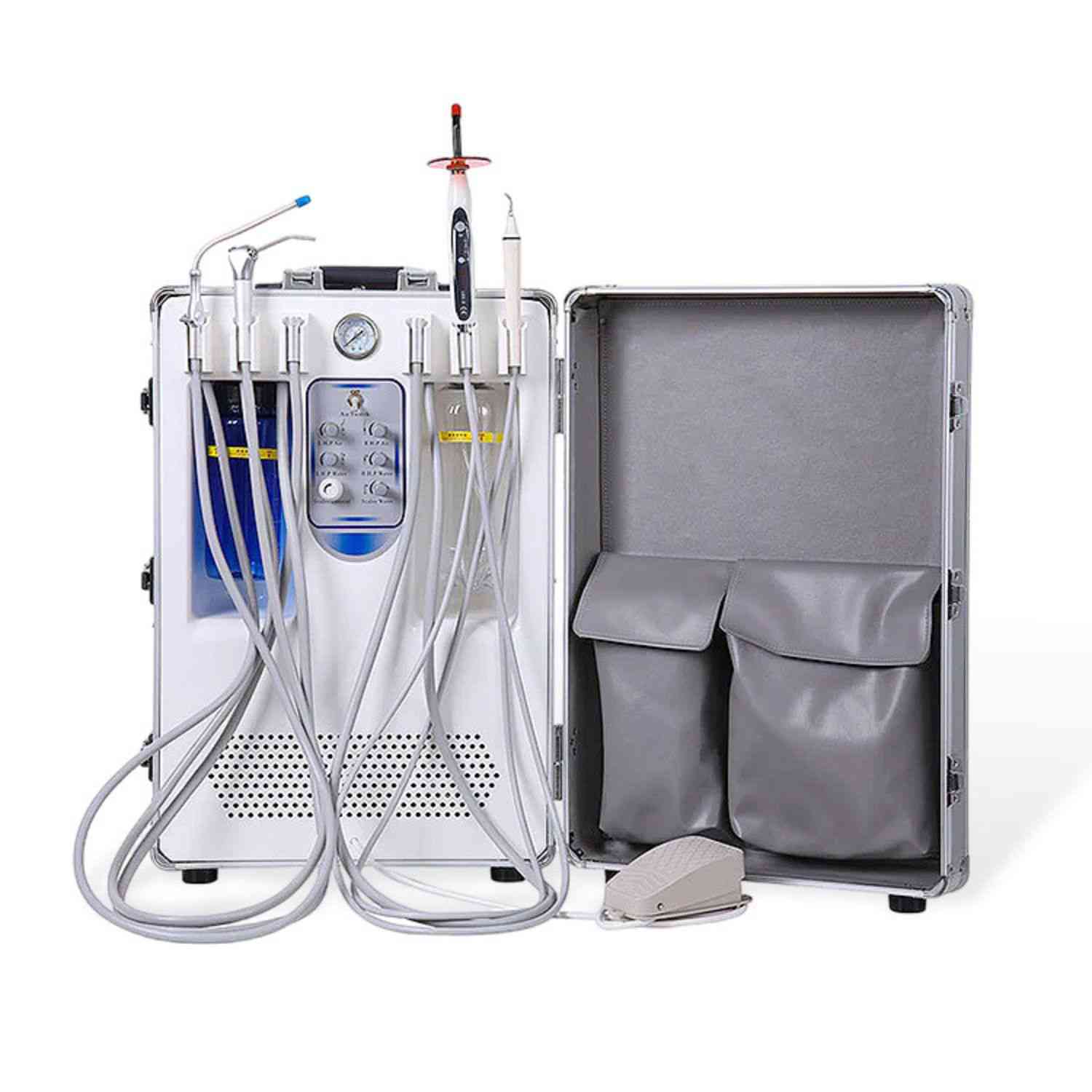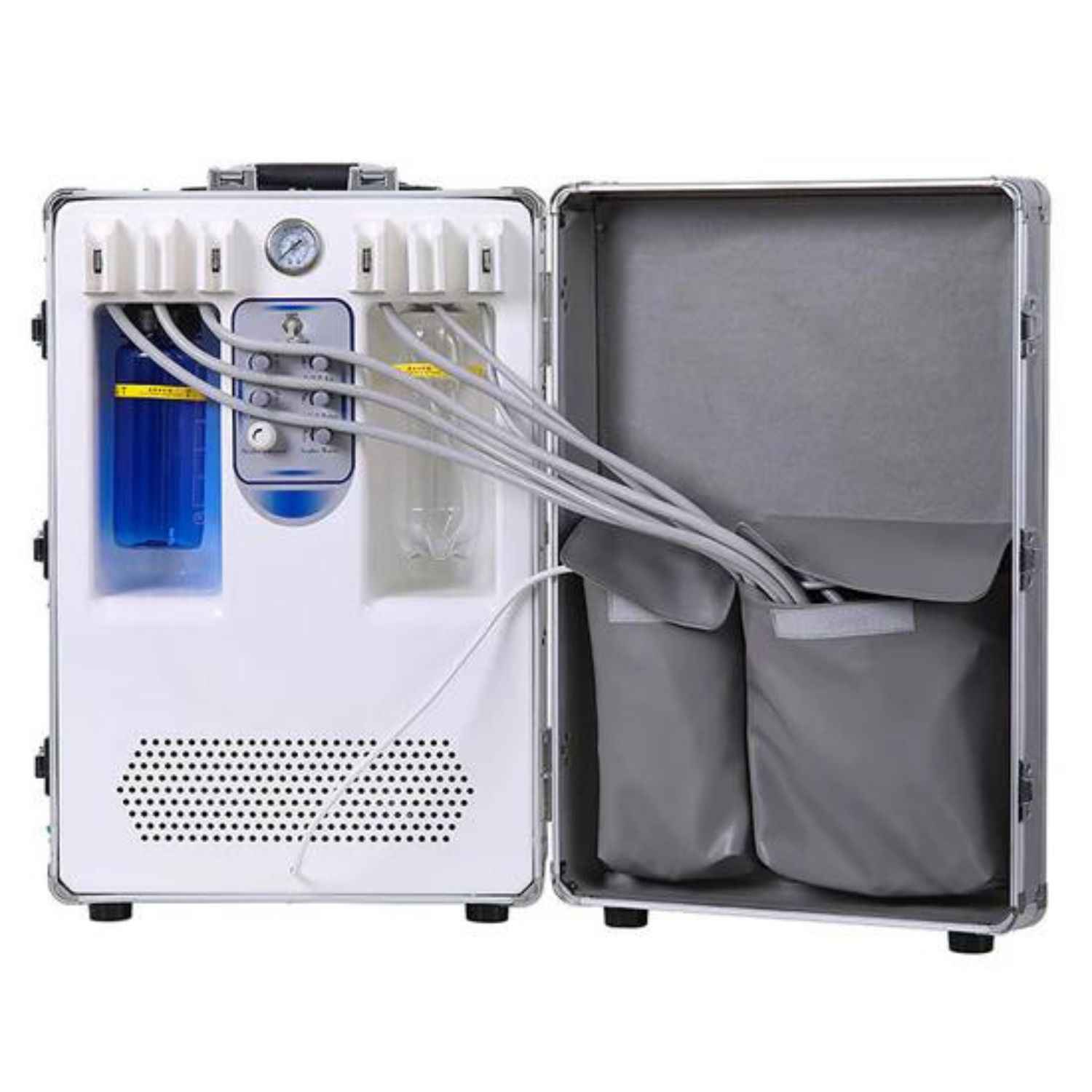Do you often have bleeding gums, swelling, bad breath, or even gum recession? If so, you might have gum disease. Gums are the foundation of your teeth, and if they aren’t healthy, you may need a treatment called scaling and root planing.
This article will explain scaling and root planing in detail, and by the end, you’ll not only understand gum treatment better but also care more about your teeth!

What Is Scaling And Root Planing?
Scaling and root planing is a procedure used to treat periodontal (gum) disease. It involves using special tools to remove tartar, plaque, and stains from above and below the gumline.
The procedure also scrapes away diseased cementum (the outer layer of the tooth root) to smooth the root surface, which helps the gums heal and reattach to the teeth.

Who Needs Tooth Scaling And Root Planing?
Heavy Tartar Buildup:
If you have a lot of tartar, it may be due to serious staining from smoking or drinking tea and coffee, along with irregular brushing, which leads to more plaque and bacteria.
Gingivitis Patients:
You might experience sensitive teeth, especially with hot or cold foods; your gums may be swollen and bleed when brushing or eating hard foods.
Periodontitis Patients:
You may have noticeable swelling in your gums, which bleed easily when touched, along with bad breath. You might also experience gum recession and loose teeth.
What Are The Benefits & Risks Of Scaling And Root Planing?
Benefits:
Periodontal treatment can prevent tooth loss.
Early signs include swollen gums that bleed easily, indicating that tartar is building up on the roots of your teeth, and this can happen quickly.
If left untreated, the roots can soon separate from the gums. Scaling and root planing help reduce gum swelling and bleeding, and they prevent gum recession and tooth loss.
Risks:
During the procedure, you may feel strong pain, and afterward, your teeth might be a bit sensitive, but this is temporary.
Who Will Perform Tooth Scaling And Root Planing?
General Dentist: A licensed general dentist can diagnose gum disease and provide a professional treatment plan.
Periodontist: A specialist in gum care, a periodontist has extensive experience and is better equipped to handle complex gum conditions.
What Tools Are Used In Scaling And Root Planing?
Manual Scaling Instruments
Scaling Tools: sickle scaler, hoe scaler
Curettes: universal curette, specialty curette (e.g., gracey curette)
Hoe curette
Root file
Ultrasonic Scaling Instruments
Piezoelectric scaler
Magnetostrictive scaler
Other Auxiliary Tools
Probe
Mouth mirror
Dental tweezers
Articulating paper

<Process Details>
Before Scaling And Root Planing
What Should I Do Before Scaling And Root Planing?
Book a Dental Appointment: Choose a dental clinic or hospital near you and schedule an appointment with a periodontist (gum specialist).
Discuss Medical History: Share your condition with the dentist and let them know about your medical history, medications you’re taking, and any allergies.
Health Check: You might be asked to do some tests, like a blood test or dental X-rays, before starting the gum treatment.
Maintain Oral Hygiene: Before the appointment, it’s best to brush your teeth and rinse your mouth so the dentist can get a clear view of your oral health.
How To Make An Appointment For Tooth Scaling And Root Planing?
Find a Nearby Dental Clinic: Choose a clinic close to you because periodontal treatment is a long process that may require multiple visits and regular check-ups.
Call or Book Online: Make an appointment with a periodontist by calling the clinic or booking through their website, as most dental clinics have online booking options.
Discuss Pre-Treatment Instructions: Talk to the dentist about your current condition and ask if there are any special instructions before the procedure.
Confirm the Cost: Ask about the total cost of the treatment and payment options. If you have insurance, make sure to check what’s covered.
What Should You Expect From a Tooth Scaling And Root Planing Treatment?
After scaling and root planing, your gums won't recover immediately. It's important to be prepared for long-term maintenance.
Following your dentist's advice and caring for your gums for 3 to 6 months, you should notice that your gums stop bleeding and swelling, returning to a healthy pink color. Your mouth will also feel clean, and bad breath issues should improve.

During Scaling And Root Planing
Step One: Scaling
#1 Supragingival Scaling
Usually done with an ultrasonic scaler, this process uses sound waves to break apart the tartar on the teeth, allowing it to fall off without damaging the teeth. You might feel some mild discomfort and your gums may bleed, but this is normal.
#2 Subgingival Scaling
Cleaning tartar below the gums can be more painful. During this part, the dentist will give you a local anesthetic to help reduce the pain.
Step Two: Root Planing
After removing most of the tartar above and below the gums, the dentist will use hand instruments to thoroughly clean any remaining tartar and diseased tissue from the tooth roots. This helps the gums heal better and fit closely to the teeth.
Step Three: Irrigation and Medication
After scaling and root planing, the dentist will place anti-inflammatory and antibacterial medication in the periodontal pockets to help reduce infection and promote healing.
How Long Does Scaling And Root Planing Take?
It will take about 2 to 4 hours.
Is Scaling And Root Planing Painful?
During the scaling process, you may feel a slight discomfort. Before the root planing, the dentist will give you a local anesthetic to help reduce any pain.

After Scaling And Root Planing
What Is It Like After Tooth Scaling And Root Planing?
Red Gums: It's normal for your gums to still look red after the treatment because the inflammation hasn't completely gone away.
Bleeding Gums: If your gums bleed when you brush your teeth in the days following the treatment, that’s normal. This usually stops after a few days.
Soreness and Sensitivity: Without the tartar covering, your gums may be more sensitive to air, especially when eating hot or cold foods.
Chewing Difficulty: For a few days after the treatment, you might have trouble chewing, especially with harder foods.
Do Gums Grow Back After Scaling And Root Planing?
Gums can grow back after scaling and root planing.
They will reattach to the teeth, but some people believe that their gums have receded more after treatment. This is a common misconception. What actually happens is that the tartar covering the gums is removed, making the gum line appear lower, but there is no real gum recession.
How Long Does It Take To Recover From Scaling And Root Planing?
Typically, your gums will stop bleeding within a week, showing some initial healing. After about a month, the gums should not be red or swollen anymore. Complete recovery usually takes around three months.
When to Call the Dentist?
If you have the following symptoms after the procedure, please contact your dentist immediately:
- Ongoing tooth pain
- Continuous bleeding from the gums that won't stop
- Difficulty chewing that affects your daily eating
- Loose teeth

<Post-Treatment Care>
What Should I Pay Attention To After Scaling And Root Planing?
Diet Tips: After treatment, it's best not to rinse your mouth or drink water for at least 1 hour. Avoid eating very hot or cold foods and drinks for 3 days, and try to stay away from spicy foods. After a week, you can eat normally.
Brushing Technique: Learn the proper way to brush your teeth. The Bass method is recommended. Make sure to brush in the morning and before bed, and rinse your mouth after meals.
Oral Hygiene: Use tools like dental floss and mouthwash to clean your mouth daily and maintain good oral health.
Follow-up Visits: Make sure to see your dentist for regular check-ups and periodontal reassessments as advised.
What Can I Eat After Scaling And Root Planing?
Porridge: Soft options like millet porridge or plain rice porridge are easy to eat without chewing, making them ideal after treatment.
Soup: Bone broth and fish soup are nutritious and help restore energy.
Dairy: Milk and yogurt are gentle on the gums and easy to digest.
Protein: Steamed eggs, tofu, and fish provide quality protein to help wounds heal faster.
Fruits: Soft fruits like bananas and dragon fruit are rich in vitamin C, which strengthens gums.
Grains: Bread, mashed potatoes, or rice are easy to chew and digest.
Long-Term Maintenance After Scaling And Root Planing
Proper Brushing: Use a soft-bristle toothbrush and follow the Bass method. Brush for at least 3 minutes each time.
Keep Dental Floss and Mouthwash Handy: After eating, use dental floss to clean food particles from between your teeth, then rinse with mouthwash.
Adjust Your Diet: Avoid spicy or very cold foods to help your gums heal better.
Maintain a Regular Routine: Having a consistent daily schedule can boost your immune system and aid in gum recovery.
Quit Smoking and Drinking: Tobacco and alcohol can irritate your gums and slow down healing.
Successful Case Of Scaling And Root Planing
After scaling and root planing, tartar and stains will be removed, leaving your teeth whiter and cleaner.
Before Vs After

(before)

(after)
Conclusion:
This article explains the definition and process of scaling and root planing, as well as their importance, pros, and cons. It also offers some recovery tips and precautions to help patients with gum disease take better care of their gums and improve their oral hygiene awareness.

FAQ:
Scaling And Root Planing VS Deep Cleaning
Deep cleaning includes scaling and root planing, along with other cleaning methods. It is a general term for oral care. Scaling and root planing specifically refer to the procedures used in periodontal treatment.
Scaling And Root Planing Cost And Insurance
Cost:
Scaling and root planing may be charged in multiple sessions, with total costs ranging from $600 to $2,000. This can vary based on several factors:
- Location or City
- Dentist's Experience
- Complexity of the Condition
Insurance:
Different dental clinics may have varying coverage under dental insurance. It's best to check with your local clinic and consult your insurance company(For example Delta Dental, UnitedHealthcare...) about coverage limits and frequency of treatment.


